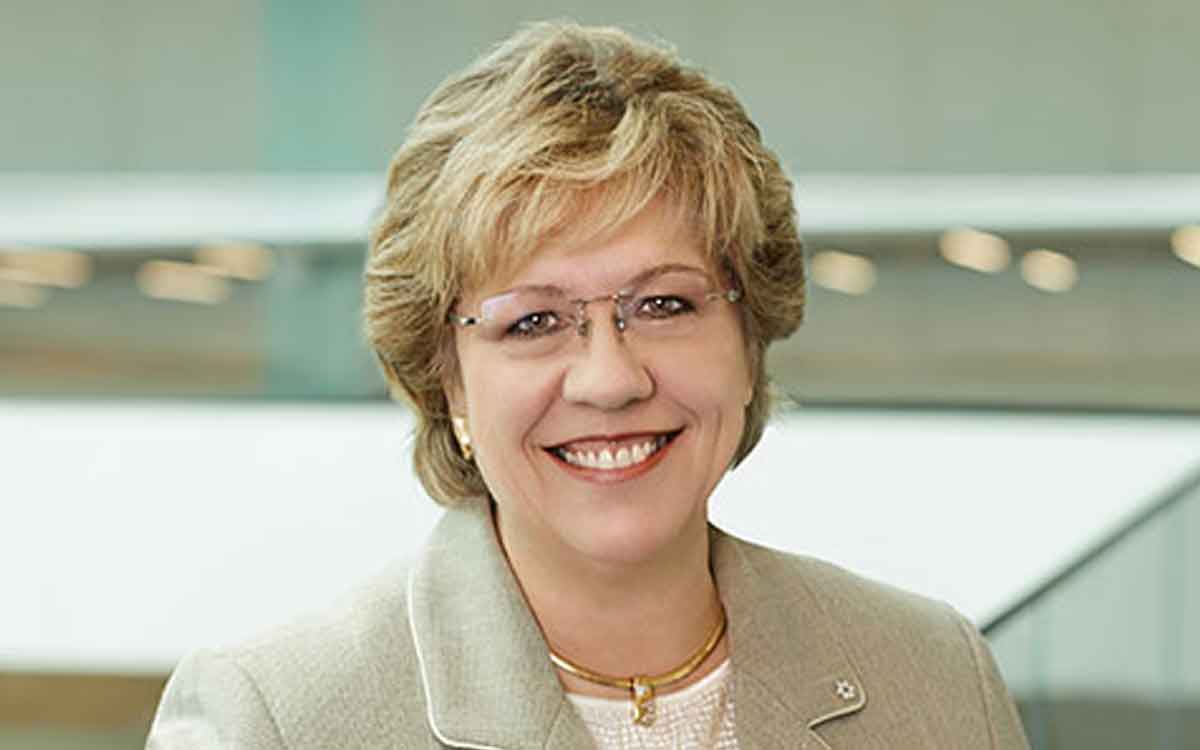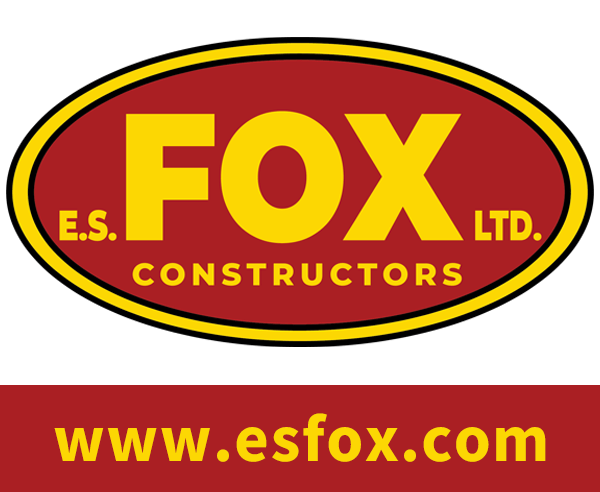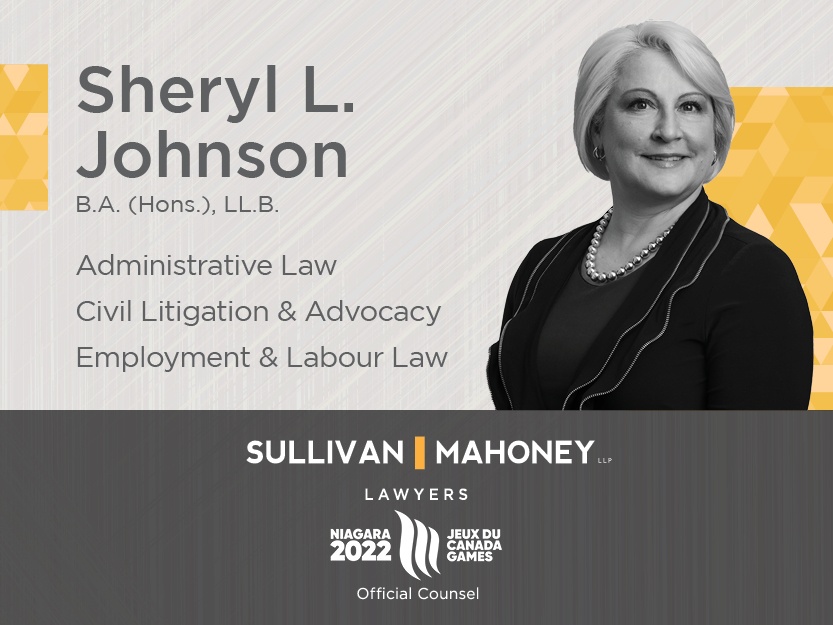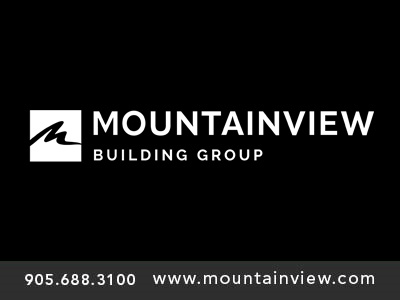Ontario Premier Doug Ford’s recently elected government has brought in an actual budget, which is more than could be said for the confusion of Prime Minister Mark Carney’s newly elected government over whether they could actually produce one in their first year.
Budgets are critical documents for a government, particularly after an election, or re-election in the case of Ford. And particularly in such uncertain times. It is not just because a budget directs and ultimately approves government spending, if passed in the Legislature. What is equally important is the story the documents tell—to the business community, potential investors and to voters themselves.
The annual document describes how the government of the day wants its audience to view both the current economic reality and what the government proposes to do about it. It allows voters to compare the election rhetoric with what is actually supposed to happen.
In the case of Ford’s budget last week, it does precisely that. The budget tabled by Finance Minister Peter Bethlenfalvy, his fifth, is clearly about three things – fighting U.S. President Donald Trump’s tariffs, building more things and spending more money – a lot of it. Exactly what was promised on the campaign trail.
There is a lot of language – and new expenditures — around “unleashing our economy” to help it “reach its full potential” and making bold moves to “get shovels in the ground.” But the main theme – as it was in the late winter election – is about protecting Ontario from the impact of the Trump tariffs.
The province’s economy was already facing challenges with higher unemployment and lower GDP growth. Trump’s tariffs on Ontario’s large auto, steel and aluminum industries are only making things worse. While the government still expects there to be economic growth, it has cut its projections in half, to just 0.8 percent this year.
The success of their plan will be critical to the future success of the province’s economy. So there is money to boost the economy through new investments in mining and mineral processing, particularly related to Northern Ontario’s “Ring of Fire”; to provide a liquidity back stop to struggling businesses hit by tariffs; to invest $5 billion more in the province’s new infrastructure bank; to increase funds for loan guarantees to support indigenous projects in the resource sector and a decade long funding plan to build more public transit, new and expanded highways, hospitals, schools, housing and daycares.
There is also increased funding to help train more of the skilled workers needed to deliver on it all.
Finance ministers traditionally buy new shoes to introduce a budget. But in this case, perhaps the Minister should have showed up in the Legislature with work boots and a hard hat.
It is all designed to assure voters that the government is on the job, that “it has your back” in the words of the Premier, despite the economic challenges. It is an important message to send to a rattled electorate.
The challenge now is two-fold — to deliver and to be seen to deliver, and to get the province’s finances back to some semblance of a balanced budget.
While Bethlenfalvy can point to the fact that the province has had two credit rating upgrades in the last year, and that its borrowing costs are the lowest of any province, the forecasted deficit of $14.5 billion for the coming fiscal year is almost 10 times larger than predicted last fall, before the tariff war began.
Both the Premier and the minister expressed confidence that their plan, and its subsequent growth will be able to bring the budget back into balance. Hopefully, this government story will have a happy ending – and there will be no more surprises from south of the border.
And while Carney can also be cut some slack for his budget confusion, given his newly elected status, Canadian voters also deserve a timely financial plan for how Ottawa proposes to deal with the country’s economic challenges.

Janet Ecker is a former Ontario Finance Minister, Minister of Education, Minister of Community and Social Services and Government House Leader in the governments of Premier Mike Harris and Premier Ernie Eves. After her political career, she served as the founding CEO of the Toronto Financial Services Alliance, a public-private partnership dedicated to building Toronto region into an international financial centre. She currently sits on a number of corporate and non-profit boards, agencies and advisory committees.
Ms. Ecker received the Order of Canada for her public service contributions and was recognized as one of the “Most Influential People in the World’s Financial Centres” by Financial Centres International. She also received a “Canada’s Most Powerful Women: Top 100 Award” from the Women’s Executive Network and the Richard Ivey School of Business, among other awards. She is also one of the founders of Equal Voice, a national, multi-partisan organization working to elect more women.






